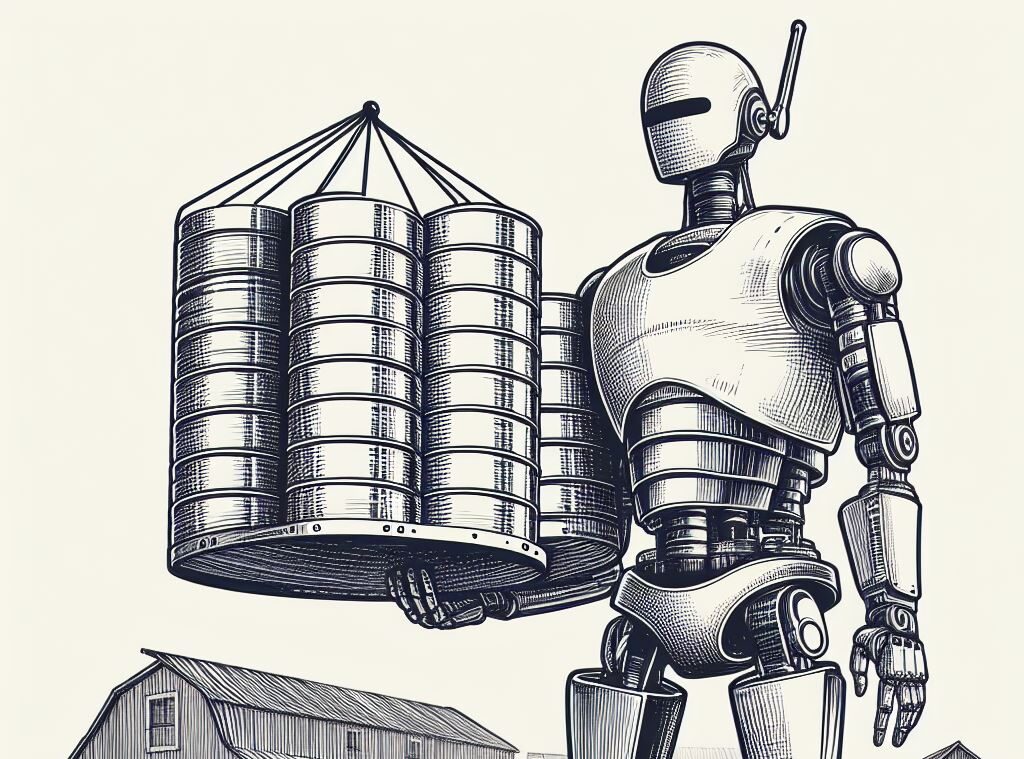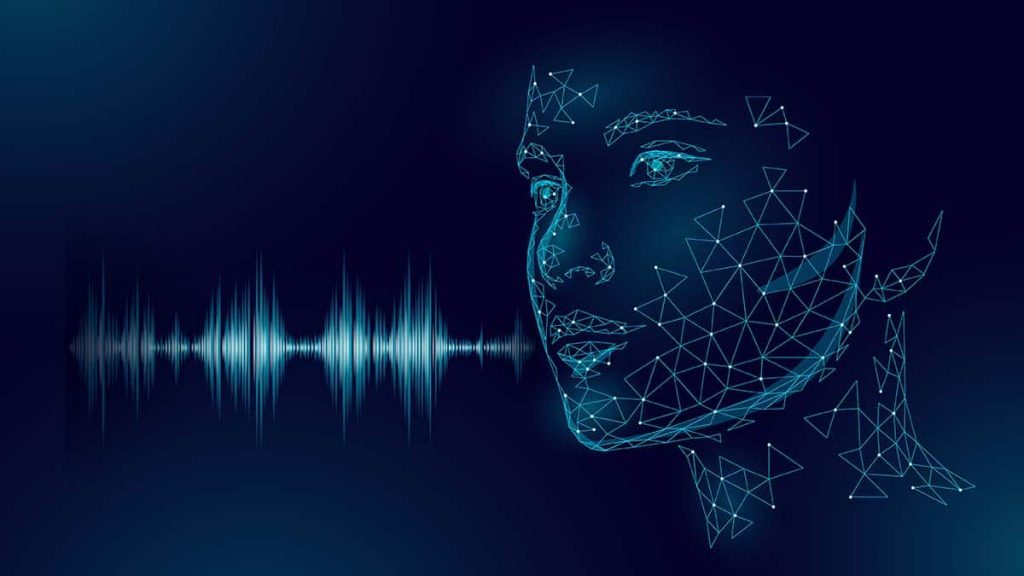
Yep, I know, I am late to the party. It seems like everyone has been talking about ChatGPT for months. There’s plenty of buzz around the topic, and our CTO (Mani) keeps asking me if I’ve taken a look at it yet, while reminding me of the first time he tested the tool, asking it to write him a fairytale about a dog, a forest, and an adventure and how impressed he was with the output.
ChatGPT certainly is polarising. One camp suggests it will result in automating jobs away from human beings, while another camp argue that AI and robotics do not yet have the capability for that, and its release is a positive for us humans.
Let’s dig a little deeper and consider some of the angles.
What is ChatGPT?
ChatGPT – or Chat Generative Pre-Trained Transformer – is a chatbot that was launched by OpenAI, an artificial intelligence research and deployment company – in November 2022.
It is a language model that has a remarkable ability to interact in conversational dialogue form and provide responses that do appear surprisingly human.
It can write poems, songs, code, articles, and even short stories – some in the style of a specific author if you prompt it enough with the right information.
ChatGPT is a revolutionary technology because it’s trained to learn what humans mean when they ask a question. This is new ground.
The ability to follow directions takes ChatGPT from a simple information source and elevates it to a tool that can be asked to accomplish a specific task – such as Mani’s example above about a fairtytale with a dog, a forest and an adventure.
ChatGPT is currently free to use, during OpenAI’s feedback period. I do however expect it to become a tool that we will all need to pay for to use at some point in the not-too-distant future.
How is ChatGPT trained?
ChatGPT was (and is) trained using human feedback (a technique called Reinforcement Learning with Human Feedback) so that the AI learned what humans expected when they asked a question. Training it this way is groundbreaking as it goes further than simply training it to predict the next word.
Another area where ChatGPT is set apart from a simple chatbot is that it was specifically trained to understand the human intent in a question and provide helpful, truthful, and harmless answers. Because of that training, ChatGPT will avoid harmful content, may challenge certain questions and discard parts of a question that don’t make sense to it.
Keep in mind, as with a lot of things in life, ChatGPT is limited by the quality of input it receives. The output is heavily dependent on the input. So, if you want good quality output from it, you will need to take the time and put in the effort to give it high quality inputs and prompts or data points.
Will ChatGPT put people out of jobs?
This one is a doozy and there’s some really strong opinions on the topic. Some claim that ChatGPT and other AI in general will steal all of our jobs, and eventually take over the world. I don’t tend to agree with the alarmist world conquering concept of AI. Not yet anyway.
It is absolutely possible that the increased use of language models like ChatGPT could lead to certain job functions being replaced by technology. The fields most likely to be impacted in the short term are those where the tasks currently performed by humans can be automated. But, keep in mind that is it also possible that the technology will create new job opportunities in fields such as language model development and deployment. It is likely too that the technology – when implemented well – is likely to also improve efficiency and productivity, leading to improved company performance and ultimately hopefully greater economic growth.
One area where AI is already having an impact on jobs that were once performed by humans is in customer service. Many companies are using AI chatbots to handle common customer questions. This can save time and money, and of course while it is beneficial for businesses (if implemented well – because poorly implemented AI chatbots are a terrible customer experience) it does mean that some custom service jobs have been lost to AI technology.
Another area where AI automation is likely to have an impact is in the transportation industry. As we are starting to see, self-driving cars and truck technology is advancing, and will probably (eventually) lead to the automation of driving related jobs. I can think of more examples that can be expanded on here, such as drones for package delivery or manufacturing, which is another industry likely to continue to lose jobs to AI.
ChatGPT specifically – Yes, it can be used in industries such as customer service or content creation but as far as taking jobs – it’s a tool that will likely assist or improve existing jobs and help automate certain tasks.
How can ChatGPT be used for Good?
ChatGPT and other large language models like it can be used in a way that have a positive impact on society.
- Assistive technology: create conversational agents to help people with disabilities. It could be used to create a virtual assistant to help people with visual impairments to use their devices more easily.
- Education: create educational tools, such as language-learning apps or interactive tutorials. Personalised study materials could also be created.
- Healthcare: create virtual health assistants to help people manage their health and well-being. Another use in this space could be the analysis of patient data which could assist physicians with diagnosis and treatment options.
- Research: analyse large amounts of text-based data, summarise it, and help researchers with efficiency.
Can it be used for bad?
Like most things, if placed in the wrong hands, ChatGPT can be used to have a negative impact on society. The question is. Is it ChatGPT to blame, or the user driving it for bad?
- Write phishing emails without typos: We’ve all been there. And a sure-fire way to spot a phising or scam email is the bad spelling or terrible grammar. ChatGPT can help the people behind these emails craft clean, well-written emails.
- It can write software, and malware: Yes, ChatGPT can write malware. It’s getting better at refusing to perform this task, citing a content policy violation, however some requests to test this directive have gotten through and malware has been outputted.
- Even when it’s wrong, it’s still very convincing for some: ChatGPT’s coherent and logical responses make it a natural at disguising inaccurate responses as valuable insights coming from a single source of truth. This will likely cause misinformation to creep in.
Summing It All Up
Ultimately, the decision on whether or not to be scared of ChatGPT is up to each individual. While it’s worthwhile being aware of the potential risks, drawbacks and job losses from this technology, it’s also important to recognise the benefits and opportunities it offers us. New technology can be exciting, innovative and enhance the quality of life for many people. I like to think positively about new technology and the opportunity it presents when used well and managed appropriately.





